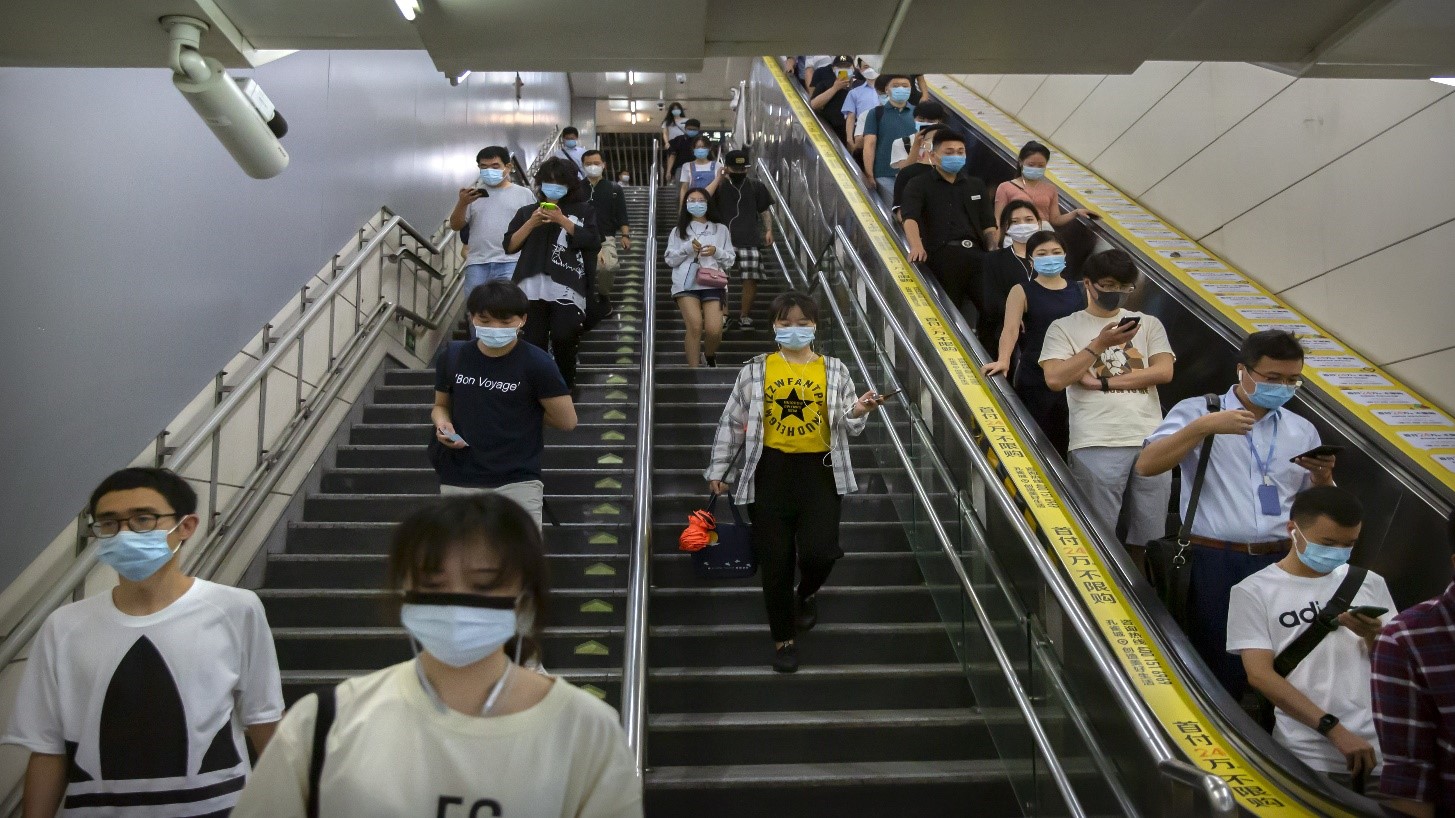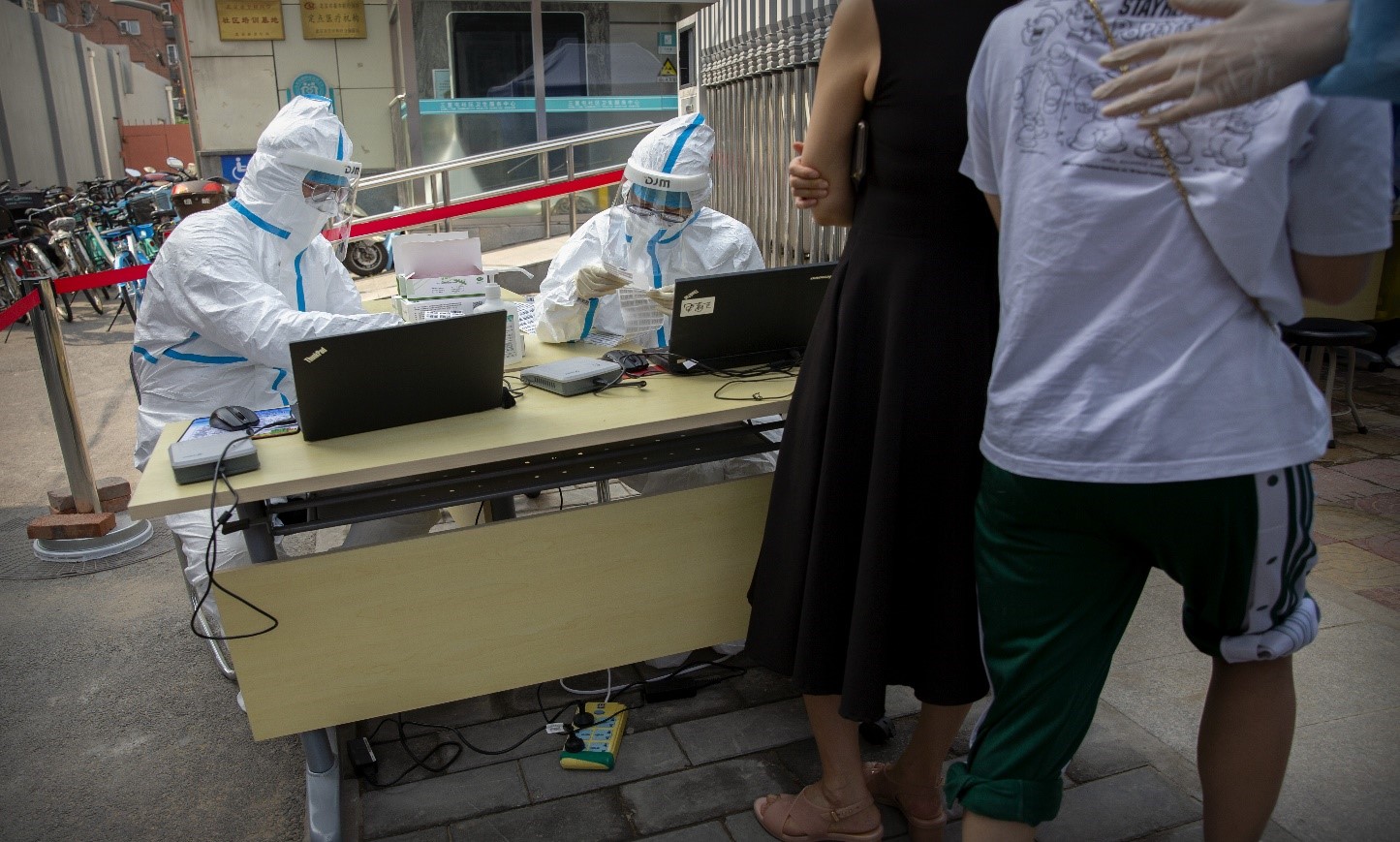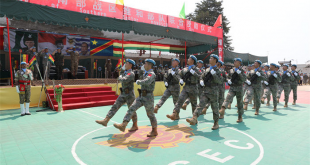By any measures, COVID-19 has been one of the greatest challenges humanity has ever faced in modern time. On a global scale there are more than 12 million confirmed infections and 560,000 deaths. Even as China managed to resume its economic and societal operations, it has been besieged by a flare-up in Beijing and an international community where some countries are still skeptical about the virus – including the United States, whose daily increase of COVID-19 infections has been record-breaking over the last few days.
China would neither say it has all the answers to COVID-19 nor claim it has managed the pandemic perfectly. The initial delay and omission by the local authority in Wuhan contributed to the decision of later locking down a city with a population in the tens of millions. Without sufficient information about the virus, the Chinese government halted almost all population movement and economic operations in the country. It was only with almost incalculable human and financial cost that the virus spread was brought under control.
But, China has taken a road which some countries find hard to accept – pragmatism. A recent CNN segment shows that, half a year after the initial outbreak in China, the simple act of wearing a mask in public is still perceived as a novelty to American audience.
On July 8 David Culver, CNN’s Beijing-based correspondent, shared his experience in the Chinese capital, saying that people walking into an elevator without a mask would take immediate actions to either cover their faces with something or step off of the elevator “just as a courtesy.”
The host was clearly shocked by the story and was shaking her head upon hearing it. “What you see here now since is this social acceptance … to compare that with the apparent political resistant and defiance to wearing masks in some part of the U.S.,” Culver said during the segment.
When there are “political resistant and defiance,” the public would be more intransigent in taking the most basic precautions, especially when the leadership of the country condones such behavior and calls the virus a “hoax.”
In China, however, the government’s objective was clear from the beginning – to stop the spread of the virus. Tang Bei, associate professor of international relations and assistant director of the Center for Global Governance Studies at the School of International Relations and Public Affairs at Shanghai International Studies University, sees the government’s attention to the problem and public cooperation as the winning ticket in combating the pandemic. Tracing and quarantine measures early in Wuhan and in Beijing have proven to be crucial in stemming the tide of the virus.

Borrowing from the 2003 experience in combating SARS and the on-the-ground situation where cross infections were taking place in regular hospitals, the Chinese government mobilized resources to construct or designate specialized hospitals exclusively for COVID-19 patients. The act took place both during the initial outbreak in Wuhan and later in Beijing.
And as in many places in the United States where tracing is incredibly difficult due to shortage in manpower, a system of contact-tracing and locating the infected and exposed population has matured in China.
By integrating big data and smartphone apps like WeChat, citizens have been enabled to check not only their personal status in regards to potential exposure at any time, but also the high-risk areas to avoid. Residential compounds, shopping malls, restaurants, even public parks cannot be accessed without visitors getting their temperature taken and health status shown to the administrators. People cooperated.
Depending on the alert levels, local and national policies, people with travel histories shown on their phones are put under different forms of quarantines or asked to be tested by community workers. The combination of the latest technology and one of the oldest forms of pandemic management, China is equipped with the ability to pinpoint the transmission sources and lock them down to avoid further spread.
The system has been maturing throughout China’s initial encounter with the pandemic. When the flare-up occurred in Beijing, the Chinese capital was able to follow the playbook to contain the virus with minimal effect to the city’s operation and the national economic recovery. Through tracing each person in contact with Xinfadi market, health authorities have been able to paint a detailed picture of the population movement both inside Beijing and in nearby provinces.
Health authorities have been able to raise and lower health alert levels street by street, thereby avoiding raising city-wide alert until it was deemed absolutely necessary. And because the government could discern areas with the highest risk of exposure, resources for monitoring and testing were distributed to those areas to maximum efficiency. For example, Guang’an Stadium in Beijing’s Xicheng District, a high-risk district at the onset of the outbreak in Beijing, was quickly turned into a testing center in the region. Citizens were able to get testing results within couple of hours. Those who live or have been to high-risk areas were not allowed to leave the city or go to their offices, stemming the spread at the epicenter.
Much like when it was in Wuhan where city-wide testing was conducted, while many resources were channeled to the high-risk areas, the government started to conduct city-wide testing. Anyone who’s been in contact with a COVID-19 patient was tested. Workers at markets and all couriers were tested after infections were detected within their workforce. According to the Beijing’s Center for Disease Control and Prevention, Beijing has tested more than 11 million people.
However, despite having been tested and proven effective, China’s measures could prove hard to replicate or emulate. Tang pointed out that the digital infrastructure is lacking in many countries. The low smartphone penetration rate in the society would hamper local and national health authorities to monitor and check their citizens’ status.
In addition, there is indeed a philosophical difference in the U.S. and in many European countries when it comes to government monitors and personal privacy. Tang recognized that, for many people in these countries, there’s a strong resistance when it comes to installing certain apps onto their phones and allowing health authorities to use personal location data. “Perhaps both these problems have something to do with public’s trust towards the government,” said Tang.

The public’s inclination to distrust the government is turning out to be an obstacle in their fight against COVID-19. “From a disease control perspective, the government does have the responsibility to take certain actions that might not be welcomed by the public,” Tang explained, “but the U.S. and EU’s political systems don’t allow the government to do so.” On the one hand, these governments are bound by public opinion. They don’t have the authority unless the public gives explicit consent.
On the other hand, western societies are still divided when it comes to prioritizing human lives. Just like the CNN host was surprised by Culver’s story, mask-wearing, a common-sense respiratory disease prevention and control measure, is hyper-politicized in the United States. It wasn’t until July 12 that the U.S. president finally gave up his resistance and hostility towards mask-wearing and sported one during his visit to Walter Reed hospital outside Washington, D.C. “Collecting personal information would be much harder and politicized than the simple mask-wearing,” said Tang.
As the infection and death toll still climb around the world and in some countries the worst has yet to come. It is crucial for all to stay vigilant and intensify the efforts to manage the pandemic. China’s experience with COVID-19 might not be perfect, but pragmatism has steered the country back on track. It is understandable that the condition in each country is different and it’d be counterproductive to impose any set of procedures onto different people, but dealing with the problems one has in a scientific and pragmatic way would at the very least be a step towards resolution.
As WHO chief Tedros Adhanom Ghebreyesu said: “This is a tragedy that is forcing us to miss many of our friends, losing many lives. We cannot defeat this pandemic as a divided world.” Until the world comes to a consensus on the fundamental principle for responding to the virus, indeed we can’t.
Source: cgtn.com
 Africa -China Review Africa -China Cooperation and Transformation
Africa -China Review Africa -China Cooperation and Transformation
